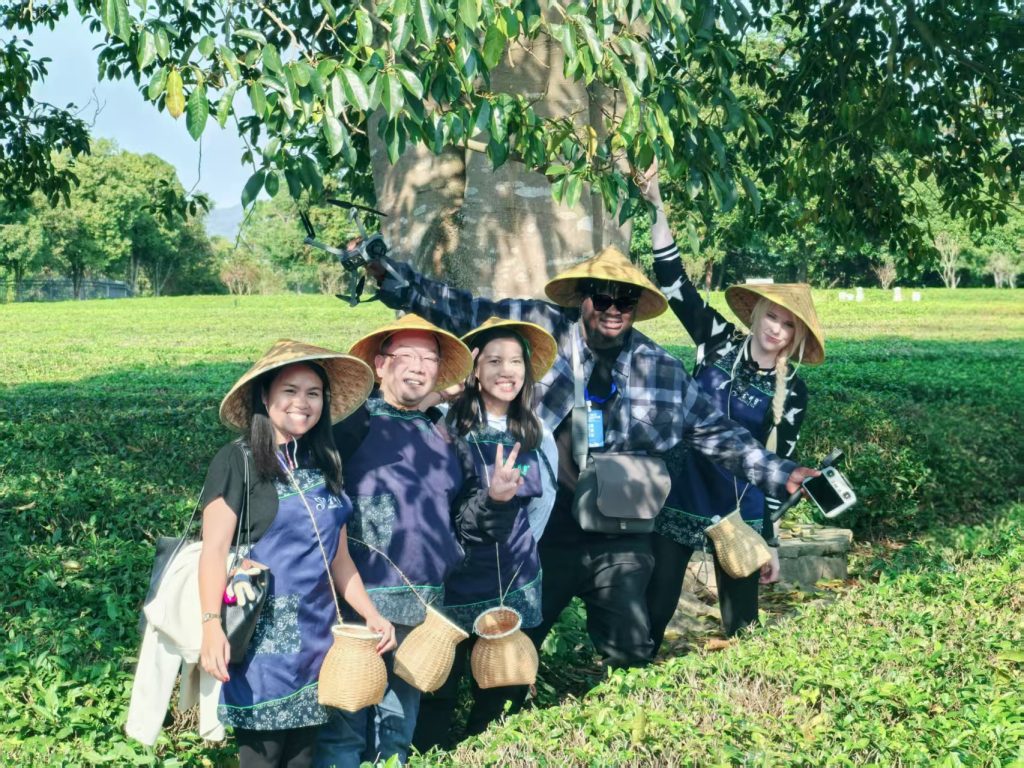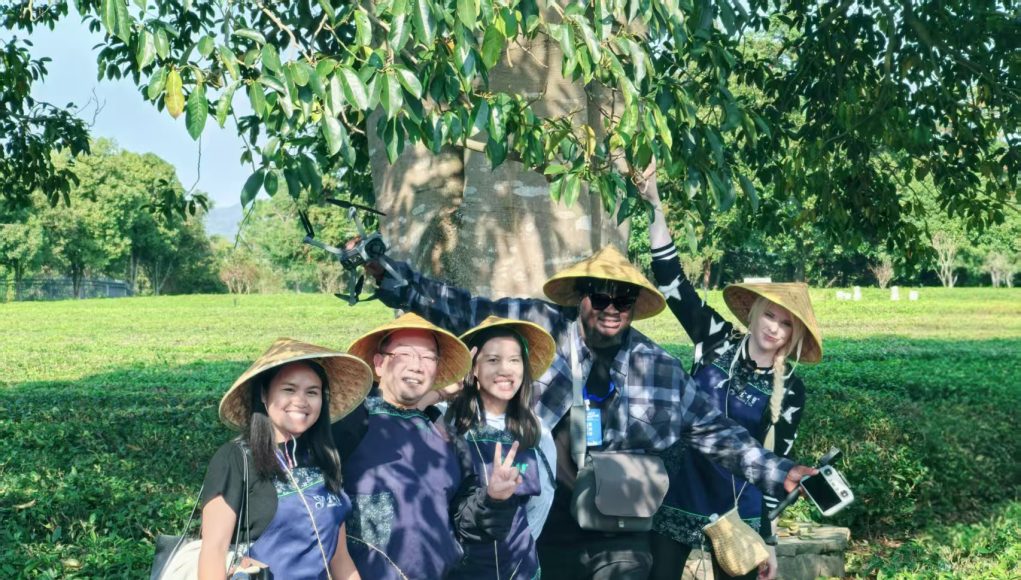(SINGPORE 29.10.2025))Changsha County, an integral part of the greater Changsha City, has embarked on an international campaign to showcase its unique attractions, aiming to carve out a niche alongside China’s more established tourist destinations.
Currently Changsha County presents a hard-edged, industrial identity, with its cityscape dominated by manufacturing zones. This image fundamentally clashes with the leisurely, historical, and cultural appeal that drives the tourism industry.
Also, unlike the urban core of Greater Changsha which draws waves of tourists with its iconic assets such as the Yuelu Academy and Orange Isle, Changsha County lacks prominent cultural landmarks.

Despite all these challenges, Changsha County’s tourism industry holds significant growth potential. The key to its success lies not in challenging popular tourist destinations, but in leveraging its own unique strengths and integrating itself into the broader tourism landscape of Greater Changsha.
One increasingly strong attraction in Changsha County is the Jinjing San Keshu Tea Garden, renowned for its vast, fragrant plantations and premium green tea. These traits have earned it the title “a Green Tea paradise in unspoiled Changsha“.
The nickname perfectly encapsulates the locale’s serene setting — an oasis of calm in the rapidly evolving and bustling Greater Changsha.
As for the name “San Keshu” (三棵树),which means “three trees” in Chinese, it came from the three 300-year-old golden leaf magnolia trees that have grown naturally in the tea garden.
The garden blankets 10,000 mu (approximately 66 sq km) of rolling plains, including a 150-mu plot dedicated to cultivating premium tea varieties using methods such as cutting, grafting, and tissue culture.
Boasting a remarkable collection of over 20 nationally recognized tea varieties and more than 100 ancient trees, the tea garden is indeed a stunning ecological landscape.
The garden belongs to Hunan Jinjing Tea Industry Company, a private entity which does not release its financial statements. However, its recognition as a National Leading Enterprise by the Chinese government, along with its strong exports and premium market position, points to a healthy and growing business.
The Jinjing teas from the garden have earned many national and international gold medals. A large part of Jinjing’s revenue comes from exports to major markets such as Europe, Japan, and North America.
The company has integrated its operations, controlling everything from cultivation to processing, packaging, branding, and sales. This has significantly enhanced its profit margins.
It has also successfully pioneered tea tourism. The Jinjing Sankeshu base is a leading agri-tourism destination where visitors experience tea culture firsthand.
Nestled within the garden, the Jinjing Observatory is the largest professional astronomical facility in the Changsha region, with an area of about 2,000 sq m. Its tower tops off with a dome that houses a large telescope.
Visitors to the observatory can observe celestial phenomena like sunspots through the telescope.
The creation of the Songya Lake National Wetland Park finished by 2010. By means of advanced ecological engineering, a deteriorated farmland was converted into the lake, with water systematically introduced via local aquifers and diversion channels.
The park now covers a total area of about 490 hectares (3.65 sq km), with the water surface accounting for about 285 hectares. The lake’s sheer size makes it a dominant green space in the area.
Most visitors are drawn to the lake’s man-made sandy shore, playfully dubbed “Changsha’s Maldives.” Here, the shoreline buzzes with the activity of families—children splashing in the safe, shallow water and playing on the sand—while boats drifting on the lake add to the vibrant scene.
As a cornerstone of tourism in Changsha County, Songya Lake’s appeal is multifaceted — it is a harmonious blend of ecological beauty, myriad recreations, and a distinctly modern, relaxed atmosphere. Park attendance this year is expected to exceed 4 million visitors.
Less than 10 km away, the timeless allure of Yuelu Academy continues to captivate visitors. The fascination has deep-seated reasons, rooted in the academy’s distinctive and profound cultural significance.
A day trip combining the rich heritage of Yuelu Academy with the serene natural beauty of Songya Lake makes for a perfect itinerary.
Yuelu’s fame as China’s legendary academy whose history goes back 1,000 years endows it with a charm that modern educational institutions lack. Visitors come not merely as tourists, but as pilgrims seeking to physically feel the weight of history, completing a profound cultural journey.
Yuelu Academy, now part of Hunan University as its school of history and philosophy, continues a thriving millennium-old tradition of scholarship.
Despite the academy’s location outside Changsha County, the county’s tourism growth is contingent on integrating with the broader appeal of Greater Changsha, a strategy that would benefit the entire region.





































